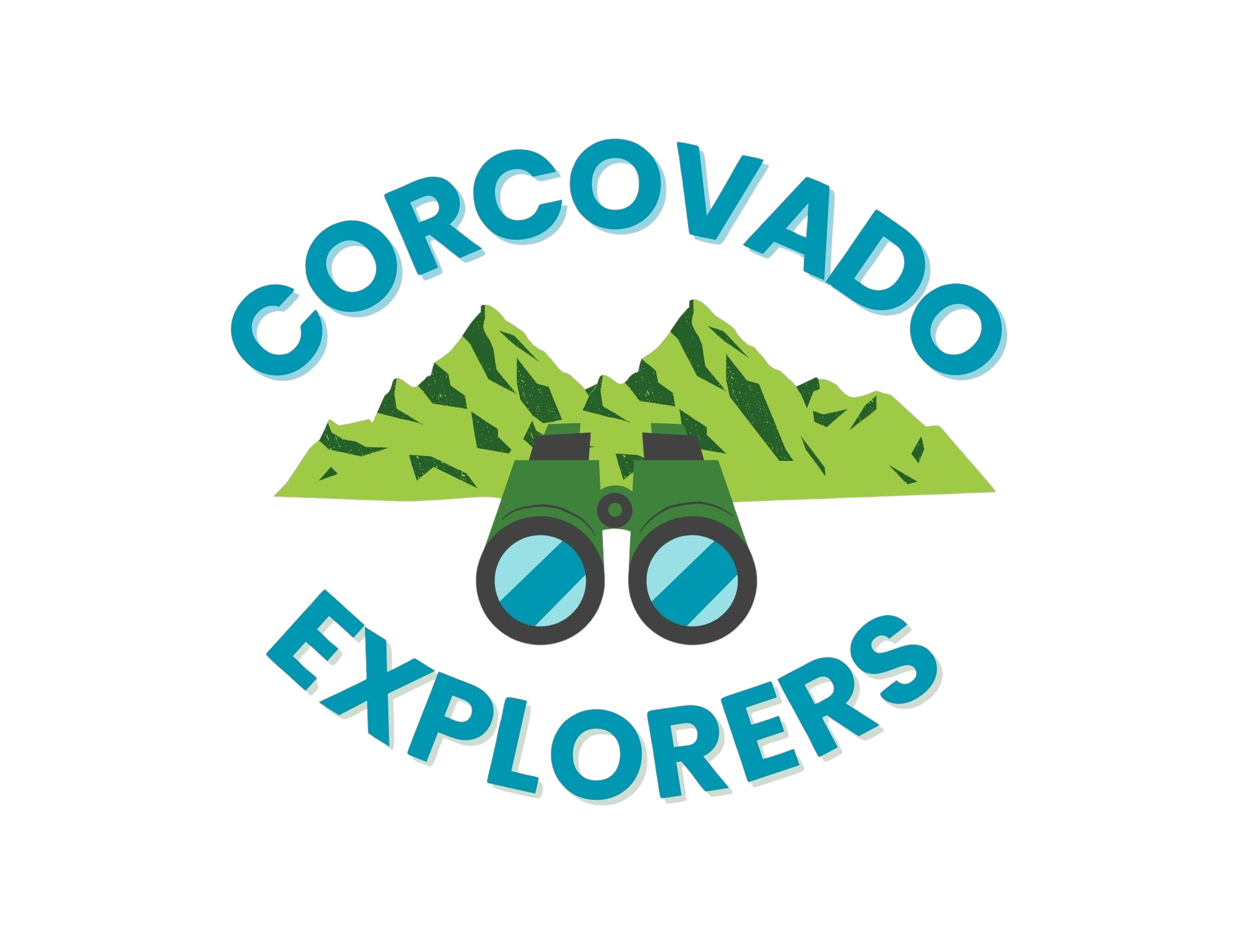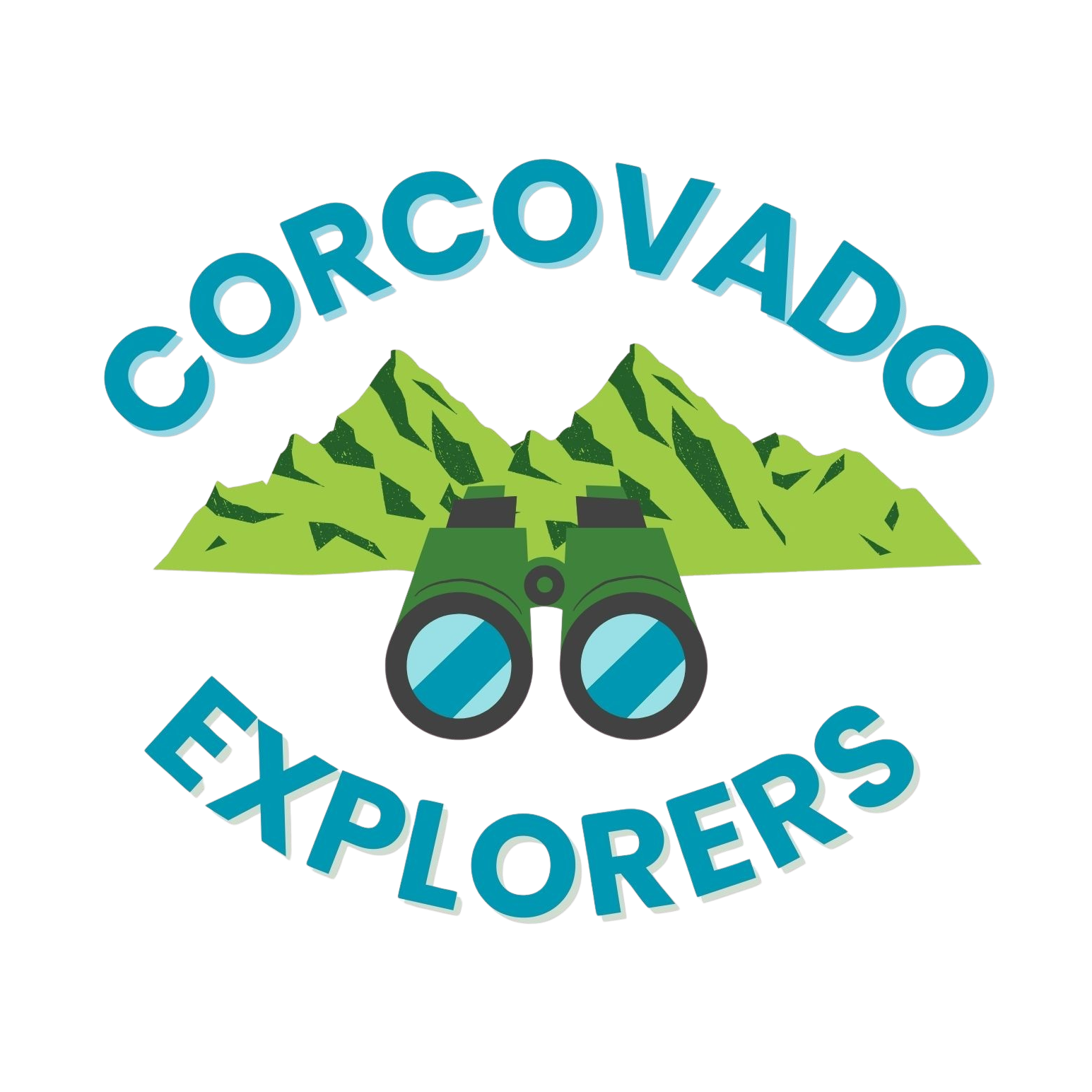Everything YOU Need to Know About Corcovado National Park
Welcome back Explorer!
I am Tamar! And this time I am going to take you to explore (literally) the wonders of the crown jewel of the Peninsula, the world-famous Corcovado National Park, which obviously could not be missing from this blog. My vision this time is to give you an overview of this natural wonder.
Where is Corcovado National Park? What makes it unique? How many biological stations does it have? Which areas are open to tourism? and How to visit it? We will discover all this and much more in this article that we have prepared for you.
Corcovado National Park was founded exactly 50 years ago on October 24, 1975. It has a land extension of 42,560 hectares and a marine extension of 3,354 hectares. The question here is… Is this important? And why?
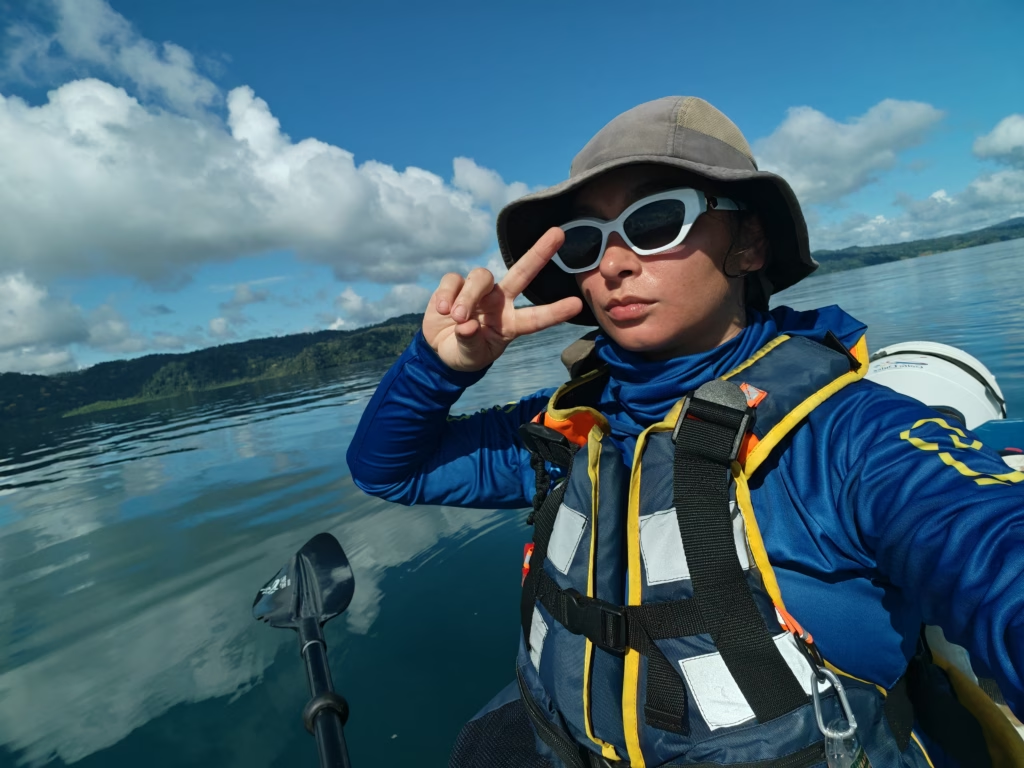
Well, it turns out that Corcovado National Park has an unusual level of biological diversity that is not exceeded by any area of similar size in the world. We know that Corcovado National Park possesses at least 2.5% of the biodiversity of Planet Earth, and it was this very peculiar characteristic that led National Geographic to classify Corcovado National Park as the most biologically intense place in the world.
This place, in addition to harboring a large number of ecosystems, is the habitat of 6,000 species of insects, at least 500 species of trees, 367 species of birds, 140 species of mammals, 117 species of amphibians, and the list goes on. As you can see, Corcovado National Park is one of a kind, and I would actually say that it is definitely a must-see place in life.
This National Park has 5 ranger stations that you can choose from to visit, and these are:
Sirena Ranger Station
La Leona Ranger Station
San Pedrillo Ranger Station
Los Patos Ranger Station
El Tigre Trail


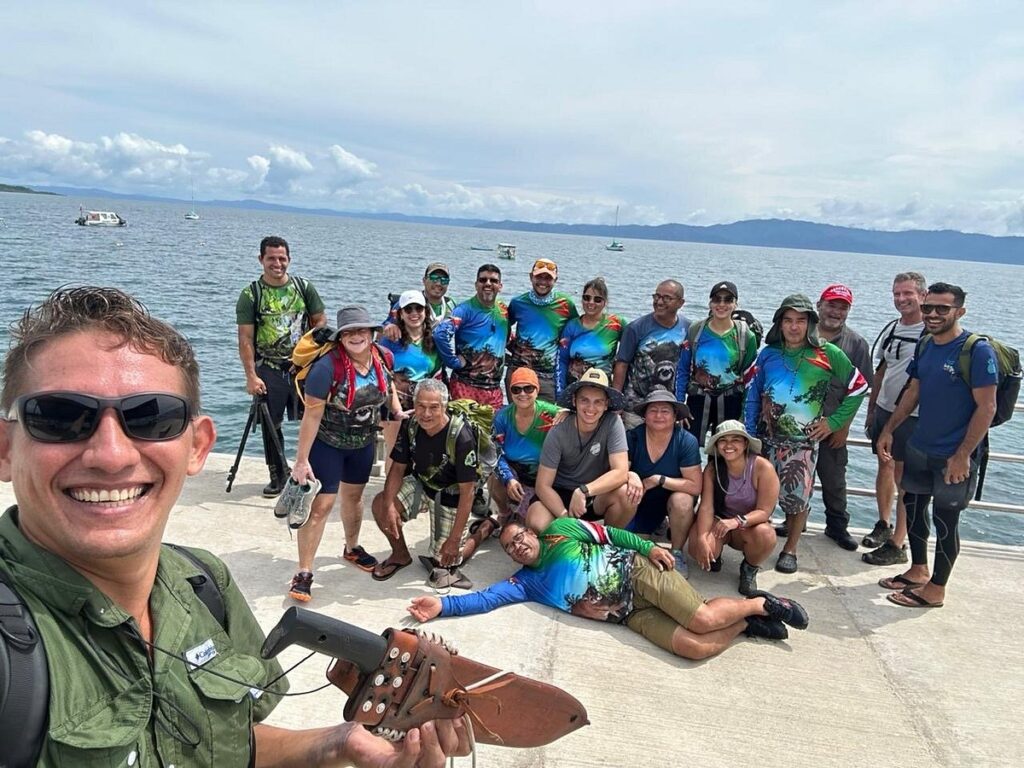
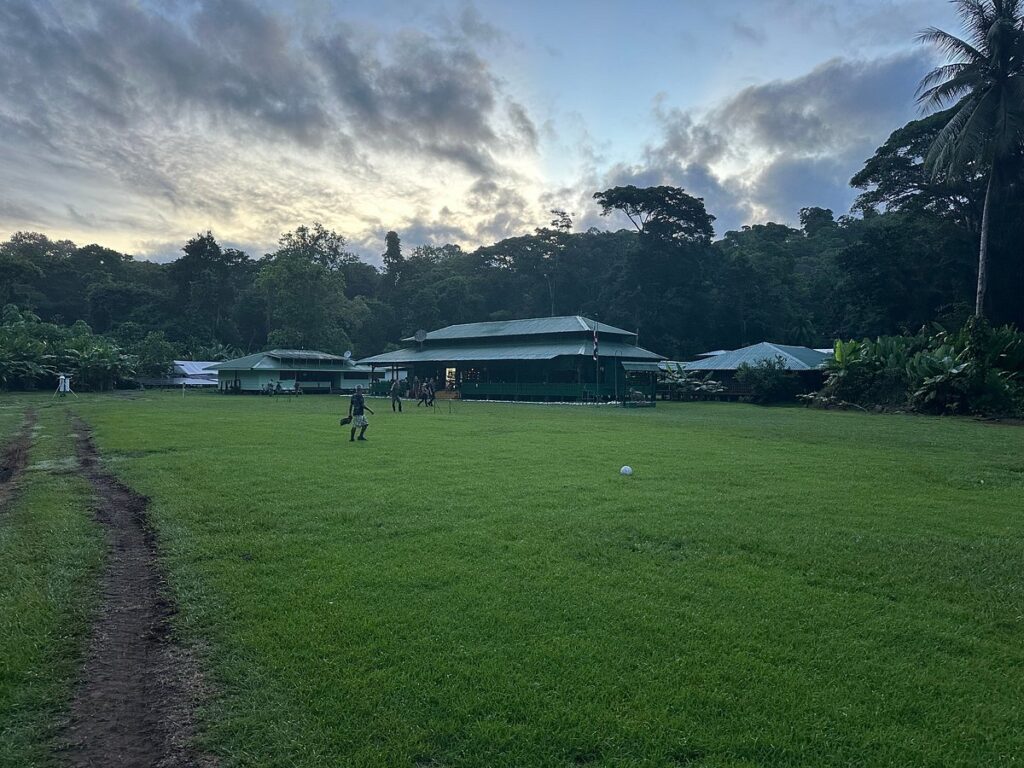
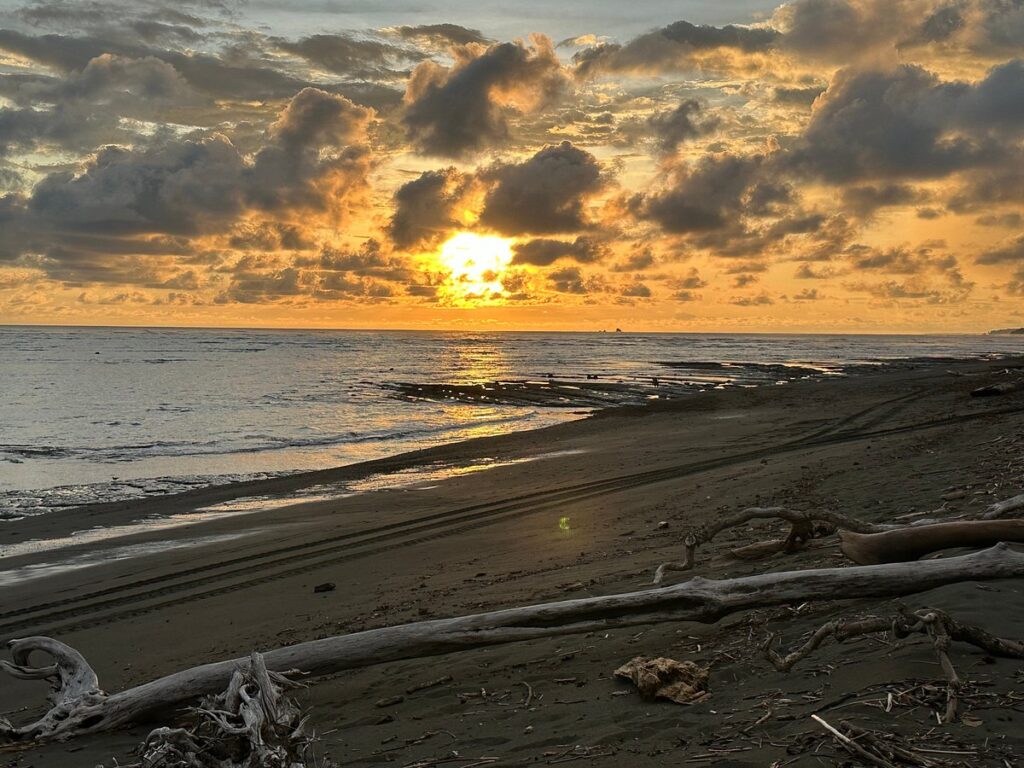
Let’s talk a bit about access to the park and the different ways to visit it. We will call this section Everything you need to know before visiting Corcovado National Park: this beautiful jewel of world biodiversity is under government administration, which means that obtaining tickets can be a very bureaucratic and complicated process. In addition to needing to reserve your entrance in advance, you must keep in mind that you must have your meal times and guide booked before you can purchase your ticket.
But don’t worry, that’s what we are here for. If you decide to travel to Costa Rica or if you are in Costa Rica and decide to visit Corcovado National Park, at Corcovado Explorers we take care of everything. You just have to decide which tour best suits your needs and physical condition.
So let’s get down to business, station by station:
La Leona Ranger Station:
La Leona is the main land access point to Corcovado National Park. Its entrance is located in Carate in the Canton of Puerto Jiménez. Access to this station is currently only by land. To get to Carate, you can arrive by your own vehicle, taxi, or public transport. Once you arrive in Carate, you must walk 3.5 kilometers to reach La Leona, the official entrance to Corcovado National Park.
The La Leona trail is linear and has several iconic sites of natural and historical interest such as Madrigal, Cementerio (Cemetery), Paraíso (Paradise), and El Barco (The Boat). This trail has an extension of 16 km that ends at the central biological station Sirena. Without a doubt, it is a sector that you cannot miss, especially during turtle nesting season, as you can sometimes see the small turtles being born during the walk.
The scenery of this Corcovado National Park trail is beach and forest, beautiful and vibrant. The La Leona trail can be done on a one-day tour in which you will usually not walk the entire trail to Sirena, but rather about a third or a quarter of it.
Since Corcovado National Park was founded, La Leona has always been one of the most sought-after stations as a starting point for those iconic adventures where you travel through the National Park from the edge to the deepest heart of the humid tropical forest.
The biological station post has showers, toilets, and an information point, as well as a drinking water refill station for your bottles.

Sirena Ranger Station:

This is what we here in Costa Rica would call “La Tapa del Perol,” which means it’s the best of the best, the place everyone fights to get to. And you might think I’m exaggerating, but I promise you I’ve seen people cry because they couldn’t find an entrance to this station.
And what makes it so special? Well, it’s the living heart of the park, the deepest primary forest that mortals have access to. I always say that arriving at Sirena feels like being in Jurassic Park, and I’m sure I’m not the only one who feels that way.
There are several ways to get to Sirena. You can enter by walking from La Leona (19.5 km), from Los Patos (23 km), or by sea from Puerto Jiménez, Drake, or Sierpe. This station has the peculiarity that, in addition to being so remote, it is the only one with lodging, as it has a larger architectural structure with amenities such as showers, toilets, a souvenir shop, buffet-style food service, and bunk bed accommodation.
The Sirena Biological Station has a network of 8 trails totaling 20 kilometers that can be explored for observing flora and fauna and enjoying the magnificence of the primary forest in all its splendor.
Among the most notable species that can be seen in Sirena are the 4 species of monkeys that inhabit Costa Rica: the howler monkey, squirrel monkey, spider monkey, and white-faced capuchin. Among the reptiles that can be appreciated are the American crocodile and the spectacled caiman. Felines such as the puma, ocelot, or jaguar are also present in the area, as well as the iconic Baird’s tapir, one of the most exotic species you might be lucky enough to see on your visit to Corcovado National Park.
To visit and get to know Sirena well, my recommendation is to take a tour of at least three days. However, there are different ways to experience this impressive biological station. You can take a half-day boat tour from Puerto Jiménez, Drake, or Sierpe, and there are also various options for a 2-3 day or longer expedition in Corcovado. If you decide to take a multi-day tour, you can dedicate your time to exploring Sirena or you can do a circuit-type tour where you will get to know different stations of the park.
Los Patos Ranger Station:
Los Patos station is the second entrance to Corcovado and is undoubtedly the complete adventure. However, the first thing I must clarify before starting is that the Los Patos route is not easy. The terrain is uneven, and it will be a hike inland. In total, the route of this trail is 23 kilometers to reach the Sirena station.
This trail has a beautiful, very dense forest, some areas of primary forest and others of secondary forest in the process of regeneration. On this route, you could observe birds, insects, snakes, even wild pigs or coatis, and we cannot forget the exuberant vegetation that will surround us all the way. This trail has the peculiarity that the Rincón River is crossed 20 times during the journey.
The Los Patos station is accessible by car only in the dry season, which here on the Osa Peninsula would be from December to April. During the wet season, which is from May to November, it can only be reached by tractor or horse, which makes access to this route difficult. In fact, most local tour operators do not offer tours on the Los Patos route during the rainy season. If you are interested in this trail and already have established dates for your trip or are about to set them, the best thing would be to contact us for advice and to define together which tour best suits your needs.
San Pedrillo Ranger Station:
To visit San Pedrillo station, there are 2 options: by sea or by land. This biological station of Corcovado National Park is the closest to Bahía Drake, so if you want to visit this station, it is recommended to take the tour from Bahía Drake or Sierpe.
If your plan is to hike, then the trail from Bahia Drake to the station is 10 km, and you need to make sure that the time of your walk coincides with low tide. The scenery of this trail is beach, which makes its difficulty medium-high. However, once in San Pedrillo, you can leave by boat or spend the night at the station in a designated camping area.
The most popular option among travelers visiting the San Pedrillo station is to enter and leave the park by boat. Each way takes 30 to 45 minutes from Bahia Drake. This sector of Corcovado National Park is characterized by having one of the most beautiful sunsets in the country. In addition, San Pedrillo has a network of 4 trails called Pavon, La Catarata (The Waterfall), Río Pargo Arriba (Upper Pargo River), Río Pargo Abajo (Lower Pargo River), and Llorona (Weeping Woman).
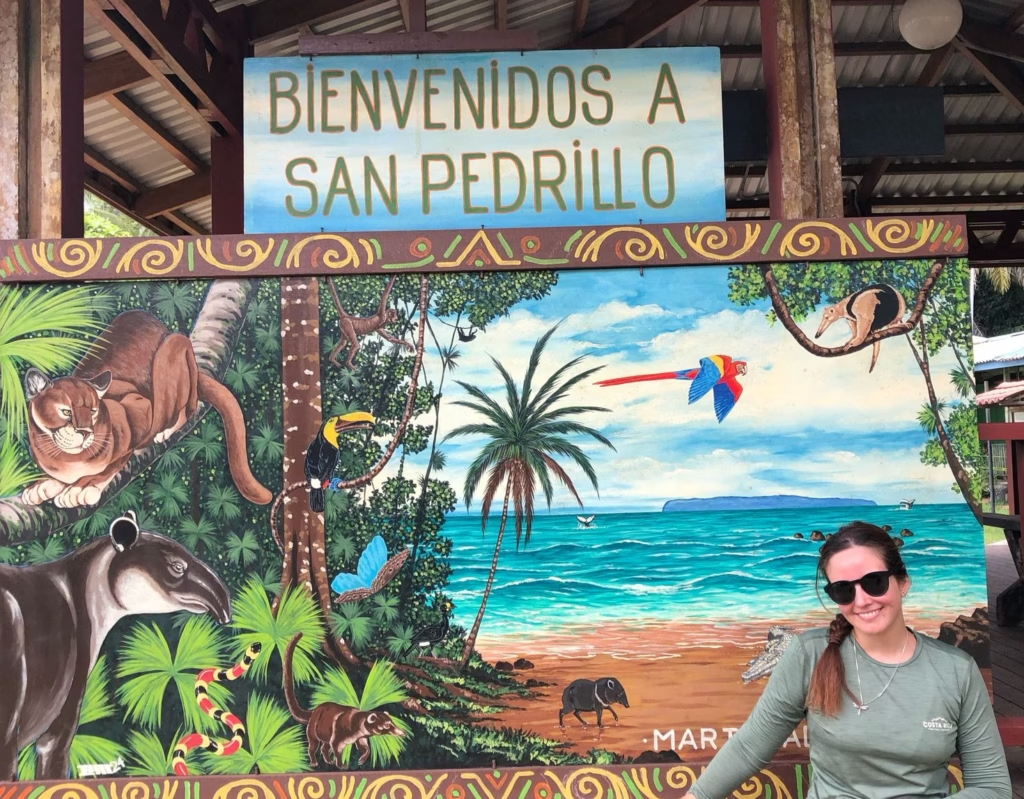
This network of trails totals 12.74 kilometers, and each of the trails is unique with different topographies. On them, you can see different species such as the coati, sloth, anteater, different types of birds, and even aquatic birds, especially on the banks of the Pargo River, and even waterfalls.
The San Pedrillo station has different amenities such as: an information point, camping area, drinking water, showers, and toilets.
El Tigre Trail:
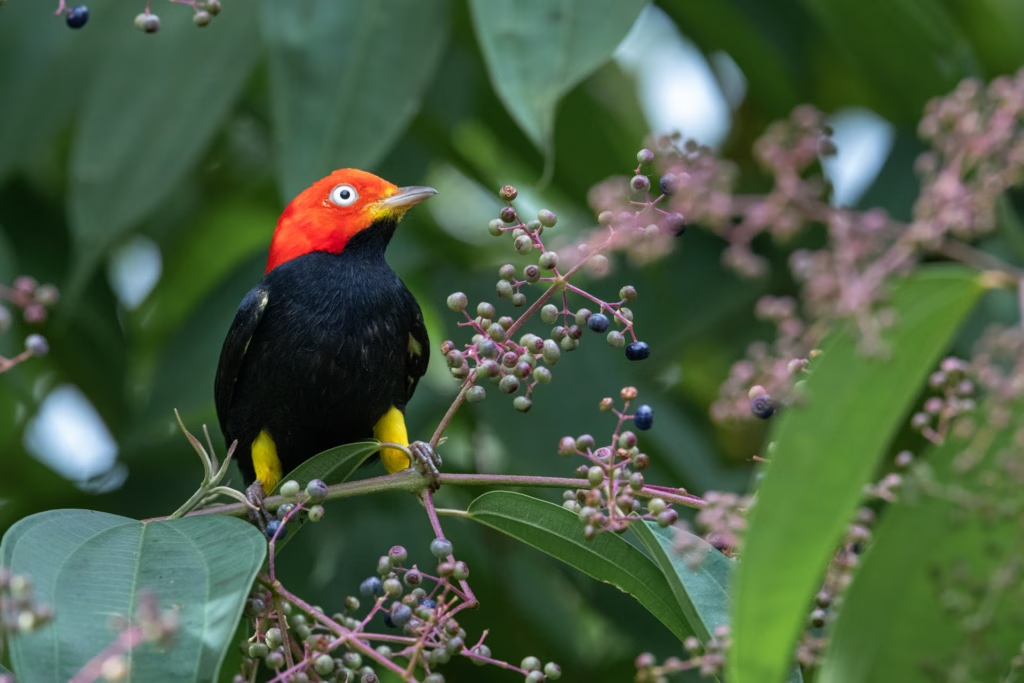
This trail is special. I remember that Alberto and I had the opportunity to do the tour on the day the trail was inaugurated, and our guide was none other than Tomas Ridings himself, one of the favorite guides of Corcovado Explorers today.
The El Tigre trail is of high difficulty since the route is mostly uphill, as it goes from 73 to 469 meters above sea level during its 7.2 kilometers of travel. It’s crazy, and we really recommend this path here for those who love hard hiking and the mountains.
The El Tigre trail has several peculiarities that make it unique and special, and one of them is definitely its history, as this trail was previously used by gold miners and hunters who plundered Corcovado National Park using this route. The problem was minimized by providing education to the gold miners and hunters to turn them into tourist guides, and the El Tigre trail was created as a generator of economic flow for this community, which, as a curious fact, is the only station in the park that is managed by a community association. In terms of biodiversity, the El Tigre trail has a lot, and it is highly recommended for bird watching. It also has giant, beautiful, and impressive ficus trees, an indescribable forest, viewpoints to the Golfo Dulce (Sweet Gulf), and the lunch they prepare for this tour is something not to forget. Along the way, you can see some pieces of pottery that show that it was a site of indigenous settlement.
Finally, this trail does not connect with Sirena. It takes approximately 6 or 8 hours to complete, and you enter and exit through different areas, although not very far from each other. During this tour, you pass through buffer zones such as the Golfo Dulce Forest Reserve and some private farms.
In summary, Corcovado National Park stands as an invaluable treasure of world biodiversity, a place where nature manifests itself in its maximum expression. Each biological station offers a unique window into this complex and vibrant ecosystem, from the beaches of La Leona to the dense jungle of Sirena, the trails of San Pedrillo, the adventure of Los Patos, and the community experience in El Tigre.
Exploring Corcovado is immersing yourself in a world where wildlife flourishes and landscapes leave you breathless. However, given its remote nature and the need for careful planning, it is crucial to consider the assistance of experts like Corcovado Explorers, who can facilitate access and ensure a safe and enriching experience. Whether you are looking for a challenging hike, a close encounter with wildlife, or simply the opportunity to witness the majesty of the rainforest, Corcovado awaits you with its untouched wonders.
